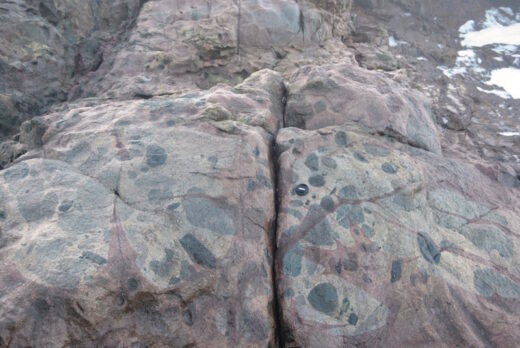Messengers from the mantle – implications for metallization associated with the Cape Granite Suite.
Ore deposits are increasingly considered as expressions of depositional points along specific mantle to upper crust pathways of magmas and hydrothermal fluids concentrating the metallogenic budget made available through variably enriched (“fertile”) mantle.
Rocks belonging to the shoshonitic series are known to have Cu – Au porphyry related deposits, an example being the Cadia Cu – Au deposits in the Eastern Lachlan fold belt in Australia (Holliday et al. 2002, Chhun 2004). All of these porphyry deposits show a close spatial association with shoshonitic monzodiorite to quartz monzonite dykes and stocks of the Cadia Intrusive Complex (CIC). In contrast, sub-economic Cu–Au mineralization at Cargo and Copper Hill in the fold belt is associated with calc-alkaline quartz diorite and dacitic intrusions. The clear – cut difference between S- and I-type granites in the Lachland fold belt as well as the granites in the Western Cape, both divided by a well-defined shear zone, is of note. Although there are differences between the LFB and the CGS, there are also many similarities.

